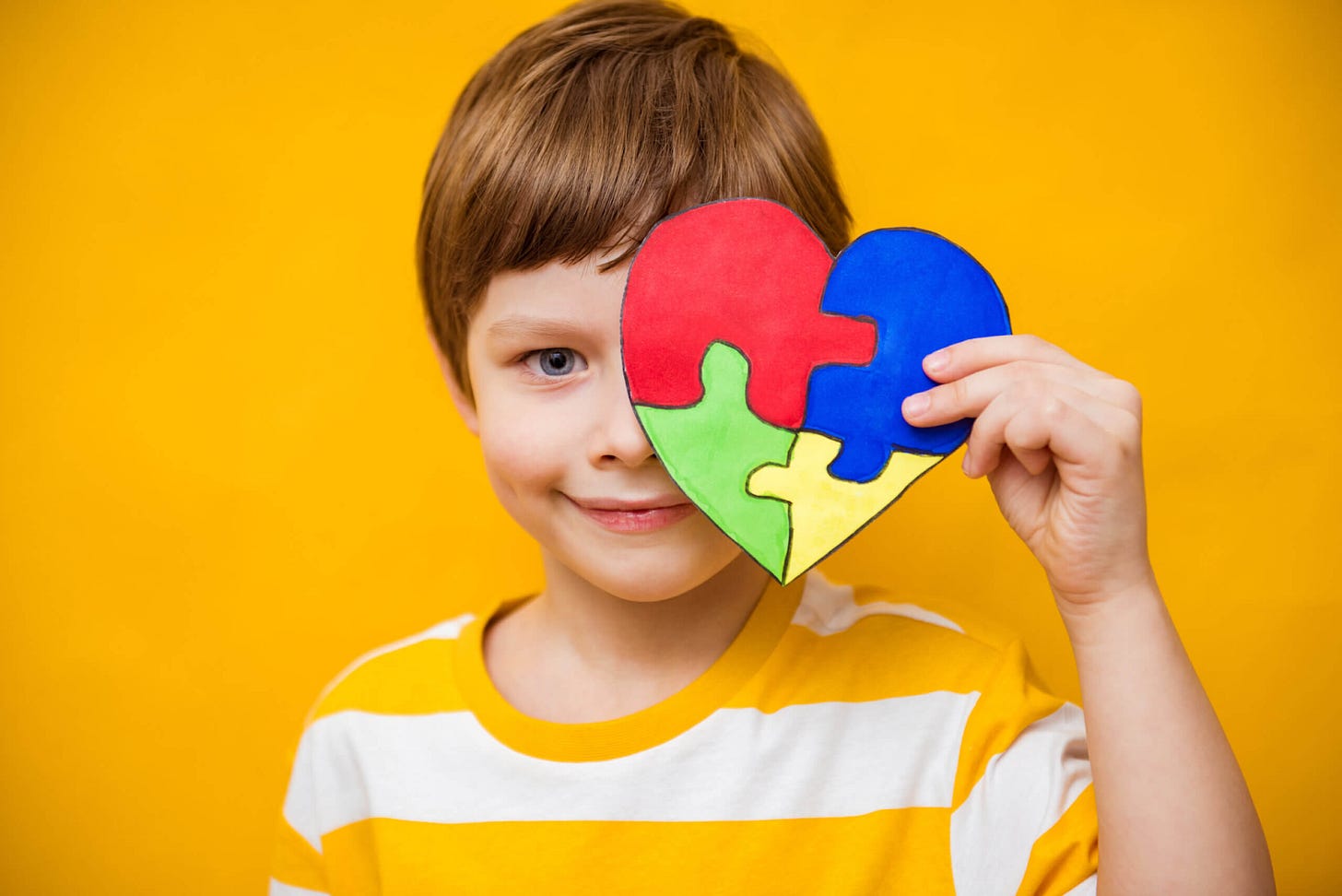Understanding Autism Spectrum Disorder
Written by Azzy Xiang
Autism Spectrum Disorder (ASD) has long been a complex and often misunderstood condition. Recent research has shed light on various aspects of ASD, providing new insights into its causes, characteristics, and potential interventions. Let’s explore findings so hopefully we can gain more valuable insights into this prevalent condition in society.
About ASD: ASD is a neurodevelopmental disorder characterized by challenges in social interaction, communication, and repetitive behaviors. Individuals with ASD may exhibit a wide range of abilities and challenges, with some requiring significant support while others lead independent lives. It’s also possible for those with ASD to be double-exceptions, with both autism and giftedness; Albert Einstein is one such famous case.
Behind ASD: Studies have indicated that genetics plays a significant role in ASD. Researchers have identified multiple genes associated with the condition, helping to clarify why it often runs in families. Environmental factors also contribute, with prenatal exposure to certain toxins and infections linked to an increased risk of ASD. Many experience heightened sensitivity to sensory stimuli, which can lead to anxiety and meltdowns. Occupational therapy and sensory integration techniques can help manage these challenges.
Diagnosis: Early diagnosis and intervention are critical. New screening tools, such as the Modified Checklist for Autism in Toddlers (M-CHAT), help identify at-risk children as early as 18 months. Early intervention programs focused on communication and social skills can significantly improve outcomes for children with ASD.
Inclusivity: As awareness grows, so does the need for inclusivity. Schools and communities are increasingly recognizing the importance of accommodating individuals with ASD. Training educators and peers about autism promotes understanding and acceptance, allowing for a more supportive environment.
Ongoing research into Autism Spectrum Disorder continues to unravel its complexities. By focusing on early diagnosis, personalized interventions, and fostering inclusivity, we can improve the lives of individuals with ASD and their families.
Written by Azzy Xiang from MEDILOQUY


